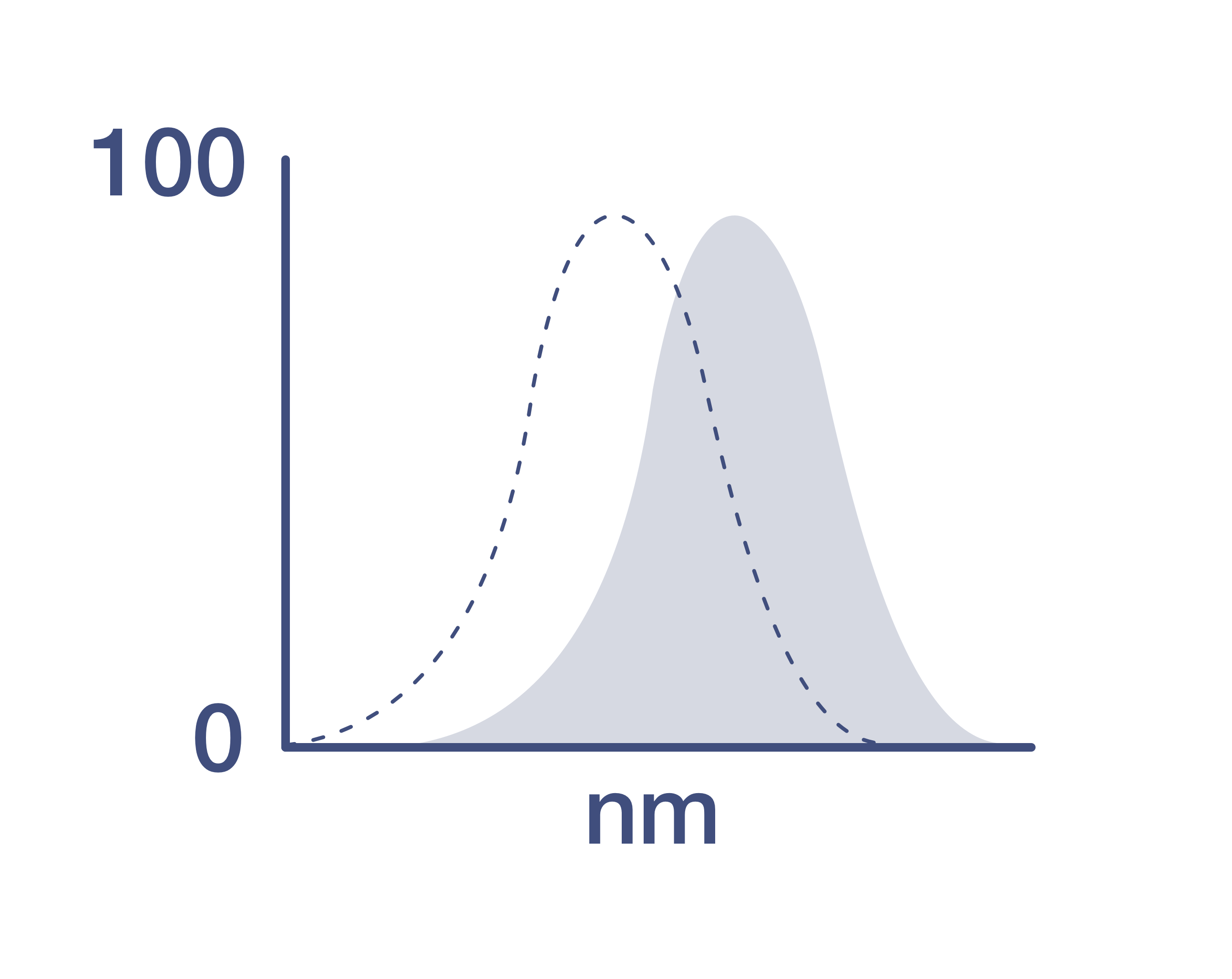Search Thermo Fisher Scientific
Invitrogen
CD363 (S1PR1) Monoclonal Antibody (SW4GYPP), eFluor™ 660, eBioscience™
{{$productOrderCtrl.translations['antibody.pdp.commerceCard.promotion.promotions']}}
{{$productOrderCtrl.translations['antibody.pdp.commerceCard.promotion.viewpromo']}}
{{$productOrderCtrl.translations['antibody.pdp.commerceCard.promotion.promocode']}}: {{promo.promoCode}} {{promo.promoTitle}} {{promo.promoDescription}}. {{$productOrderCtrl.translations['antibody.pdp.commerceCard.promotion.learnmore']}}
FIGURE: 1 / 1
CD363 (S1PR1) Antibody (50-3639-42) in Flow

Product Details
50-3639-42
Species Reactivity
Published species
Host/Isotype
Recommended Isotype Control
Class
Type
Clone
Conjugate
Excitation/Emission Max
Form
Concentration
Purification
Storage buffer
Contains
Storage conditions
Shipping conditions
RRID
Product Specific Information
Description: The SW4GYPP monoclonal antibody recognizes human CD363, also known as sphingosine-1-phosphate receptor 1 (S1PR1, S1P1), or endothelial differentiation G-protein coupled receptor 1 (EDG1). CD363 is a part of a family of five G-protein-coupled receptors that bind sphingosine-1-phosphate (S1P), a lysophospholipid mediator. It has been shown to be primarily expressed by lymphocytes but is also seen on endothelial cells, B cells, NK cells, monocytes/macrophages, neural progenitors, neurons, astrocytes, and oligodendrocytes. CD363 surface expression is dependent on the extracellular concentration of S1P and its signaling is important for lymphocyte egress from secondary lymphoid tissues and the thymus. CD363 plays a key role in many cellular processes like angiogenesis, vascular maturation, endothelial barrier function and trafficking of immune cells. Therapeutic CD363 modulators have been successful in the treatment of relapsing-remitting multiple sclerosis through sequestration of immune cells in secondary lymphoid organs and, therefore, away from sites of inflammation.
Applications Reported: This SW4GYPP antibody has been reported for use in flow cytometric analysis.
Applications Tested: This SW4GYPP antibody has been pre-titrated and tested by flow cytometric analysis of normal human peripheral blood cells. This can be used at 5 µL (0.5 µg) per test. A test is defined as the amount (µg) of antibody that will stain a cell sample in a final volume of 100 µL. Cell number should be determined empirically but can range from 10^5 to 10^8 cells/test.
eFluor® 660 is a replacement for Alexa Fluor® 647. eFluor® 660 emits at 659 nm and is excited with the red laser (633 nm). Please make sure that your instrument is capable of detecting this fluorochome.
Excitation: 633-647 nm; Emission: 668 nm; Laser: Red Laser.
Filtration: 0.2 µm post-manufacturing filtered.
Target Information
S1P1 is a G-protein coupled receptor for the bioactive lysosphingolipid sphingosine 1-phosphate (S1P) that is coupled to the G(i) subclass of heteromeric G proteins. S1P1 signaling leads to the activation of RAC1, SRC, PTK2/FAK1 and MAP kinases. It plays an important role in cell migration via its role in the reorganization of the actin cytoskeleton and formation of lamellipodia in response to stimuli that increase the activity of the sphingosine kinase SPHK1. S1P1 is required for normal chemotaxis toward sphingosine 1-phosphate, normal embryonic heart development, and normal cardiac morphogenesis.
For Research Use Only. Not for use in diagnostic procedures. Not for resale without express authorization.
How to use the Panel Builder
Watch the video to learn how to use the Invitrogen Flow Cytometry Panel Builder to build your next flow cytometry panel in 5 easy steps.
Bioinformatics
Protein Aliases: CD antigen CD363; CD363; CD363 antigen; Endothelial differentiation G-protein coupled receptor 1; endothelial differentiation, sphingolipid G-protein-coupled receptor, 1; S1P receptor 1; S1P receptor Edg-1; Sphingosine 1-phosphate receptor 1; Sphingosine 1-phosphate receptor Edg-1; sphingosine 1-phosphate receptor EDG1
Gene Aliases: CD363; CHEDG1; D1S3362; ECGF1; EDG-1; EDG1; S1P1; S1PR1
UniProt ID: (Human) P21453
Entrez Gene ID: (Human) 1901

Performance Guarantee
If an Invitrogen™ antibody doesn't perform as described on our website or datasheet,we'll replace the product at no cost to you, or provide you with a credit for a future purchase.*
Learn more
We're here to help
Get expert recommendations for common problems or connect directly with an on staff expert for technical assistance related to applications, equipment and general product use.
Contact tech support

